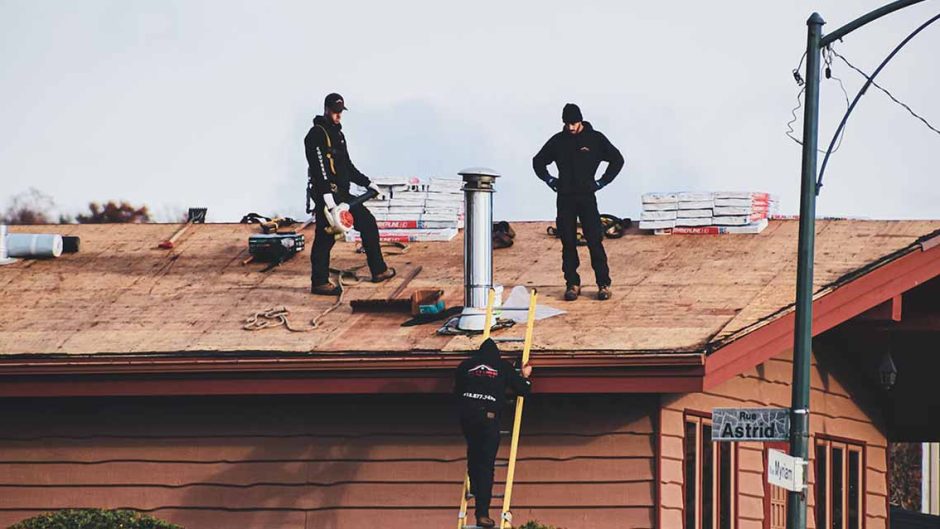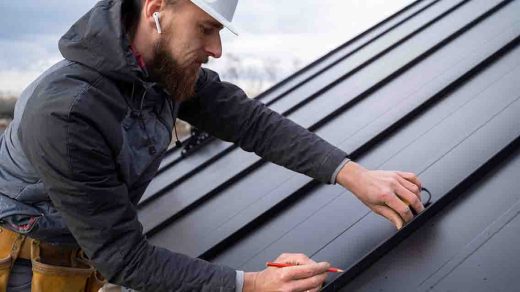A leaky roof can quickly turn from a minor annoyance to a major problem, causing extensive damage to your home’s interior and structure. Fortunately, there are proactive steps you can take to prevent a leaky roof. In this article, we’ll explore five effective ways to keep your roof watertight and your home dry.
1. Regular Roof Inspections
Preventing a leaky roof starts with regular roof inspections. Schedule inspections at least twice a year, typically in the spring and fall, to catch any potential issues early. During these inspections, look for missing or damaged shingles, signs of wear and tear, and areas where debris has accumulated. Addressing these problems promptly can prevent them from becoming more significant and costly roof leaks.
2. Maintain Gutters and Downspouts
Properly functioning gutters and downspouts are essential for diverting rainwater away from your roof and foundation. Clogged gutters can lead to water overflow, damaging your roof’s fascia and leaks. Regularly clean your gutters to remove leaves, twigs, and debris. Ensure that downspouts direct water away from your home’s foundation to prevent water seepage and potential roof leaks.
3. Trim Overhanging Branches
Overhanging branches from nearby trees can pose a significant threat to your roof. These branches can break and fall onto your roof during storms or high winds, causing extensive damage. To prevent this, trim back any branches that hang over your roof. It’s a proactive step that can save you from costly roof repairs and maintain the integrity of your roof.
4. Address Flashing Issues
Flashing is used to seal gaps and joints in your roof, such as around chimneys, vents, and skylights. Over time, flashing can become loose or damaged, leading to leaks. Regularly inspect the flashing on your roof and address any issues promptly. This involves resealing or replacing damaged flashing. Properly sealed flashing ensures water cannot infiltrate your roof through vulnerable areas.
5. Invest in Proper Insulation and Ventilation
Inadequate insulation and ventilation can contribute to roof leaks by creating temperature imbalances in your attic. During hot summers, a poorly ventilated attic can trap heat, leading to the premature deterioration of roofing materials. In winter, inadequate insulation can result in ice dams, causing water to back up under shingles and into your home.
To prevent these issues, invest in proper attic insulation and ventilation. Adequate insulation keeps your attic at a consistent temperature, reducing the risk of ice dams and roof leaks. Proper ventilation allows excess heat and moisture to escape, maintaining a healthy attic environment.
Conclusion
Preventing a leaky roof requires ongoing attention and maintenance, but the effort is well worth it to protect your home and belongings from water damage. Regular inspections, maintenance of gutters and downspouts, branch trimming, flashing repairs, and proper insulation and ventilation all play a crucial role in keeping your roof watertight. Following these preventive measures allows you to enjoy a dry and comfortable home without the stress and expense of dealing with roof leaks.



